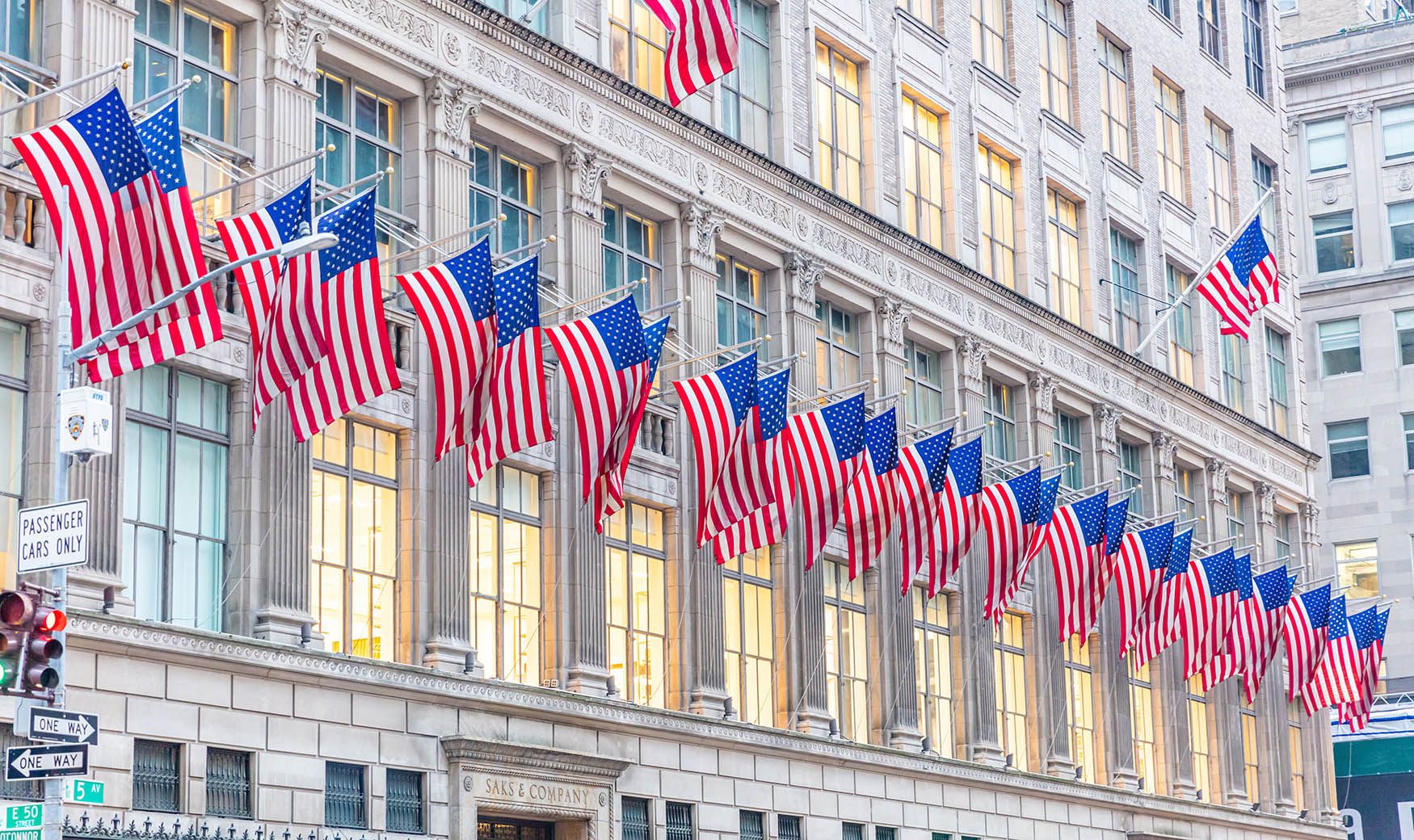Pound / Dollar Week Ahead Forecast: Resistance Stymies Rebound Near 1.33
- Written by: James Skinner
-
- GBP/USD struggles with resistance on charts
- Roadblock at 1.33 leaving GBP/USD hanging
- Fed-BoE dynamic a ball & chain for GBP/USD
- U.S. PCE, payrolls data & Ukraine talks eyed

Image © Adobe Images
The Pound to Dollar exchange rate’s rebound from early March lows was stymied near 1.33 and around a notable level of technical resistance on the charts last week, leaving it vulnerable to a deeper setback over the coming days.
Sterling rose strongly from the open last week before being forced into retreat when the Dollar steadied following remarks from Federal Reserve (Fed) Chairman Jerome Powell and as the Pound softened in the wake of February’s inflation figures.
UK inflation surprised on the upside of market expectations when climbing from 5.5% to 6.2% although the Pound-Dollar rate and other Sterling pairs softened throughout the ensuing trading session.
This response may have been symptomatic of uncertainty about whether the Bank of England (BoE) will meet market expectations for Bank Rate in the months ahead, an uncertainty which is emerging just as the Fed warns increasingly that it could lift U.S. rates faster than markets expect in the near future.
“I find it hard to get SUPER excited about short GBPUSD because it just always makes sense and hasn’t worked all that well. The primary thesis is generally: The Fed is a motivated hiker and the BOE is a very hesitant one,” says Brent Donnelly, CEO at Spectra Markets and a veteran currency trader.
Above: Pound to Dollar rate at daily intervals with Fibonacci retracements of June 2021 downtrend indicating medium-term technical resistances for Sterling.
“That said, rate differentials now suggest GBPUSD could be ready for the next leg lower. I like options structures that play for a grinding move to 1.28 or something similar over the next month or two,” Donnelly wrote in a Friday message to subscribers.
The Dollar found its feet against Sterling, the Euro and Japanese Yen after Chairman Jerome Powell told the National Association for Business Economics Conference on Tuesday that the Fed could raise its interest rate by an increment of 0.50% on more than one occasion over the coming months.
Pricing in overnight-indexed-swaps markets has since shifted to imply a high probability of the Fed Funds rate being raised from 0.5% to 1% in May but have stopped short of implying that this is all but certain, which is a lingering upside risk for the Dollar.
“I don’t have a test here for what will trigger that but the expectation going into this year was that we would see inflation peaking in the first quarter and maybe leveling out and then seeing a lot of progress in the second half,” Chairman Powell told the conference.
{wbamp-hide start}
{wbamp-hide end}{wbamp-show start}{wbamp-show end}
“That story has already fallen apart. To the extent that it continues to fall apart my colleagues and I may well reach the conclusion that we’ll need to move more quickly and if so we’ll do so,” the chair also said.
Expectations for the Fed Funds rate may be sensitive to Thursday’s Core PCE Price Index for February, which is the Fed’s preferred barometer of inflation and the final reading of it before the effects of the Russian invasion of Ukraine are likely to be felt.
The invasion has lifted international energy and food costs sharply and is widely expected to raise inflation further across the globe in the coming months, and has also proven to be a headwind for the Pound-Dollar rate too.
“The core PCE deflator is expected to move further above the Fed’s target to 5.5% placing more pressure on the Fed to front-load tightening,” says Lee Hardman, a currency analyst at MUFG.
Above: Pound to Dollar rate at weekly intervals with Fibonacci retracements of June 2021 downtrend indicating medium-term technical resistances for Sterling and shown with 200-week moving-average.
The Pound to Dollar exchange rate could be vulnerable to a further setback if Thursday’s U.S. PCE data bolsters the market-implied probability of a faster pace of rate rises from the Fed during the months ahead.
“Speeches next week from Bailey and Broadbent may see a reduction in BoE expectations—and thus weigh on the GBP toward 1.30—as we think the bank is probably uncomfortable with elevated rate hike bets that, if right, would translate into an undershooting of inflation,” says Juan Manuel Herrera, a strategist at Scotiabank.
Sterling would also likely be burdened afresh this week if speeches from BoE Governor Andrew Bailey and Deputy Governor Ben Broadbent, scheduled for Monday and Wednesday respectively, were to confirm an uncertain outlook for Bank Rate.
In the meantime, financial markets will likely pay close attention to negotiations between Russia and Ukraine, which are set to resume in Turkey on Monday and continue until Wednesday.
Any progress toward a ceasefire agreement or resolution of the conflict would likely be supportive of Sterling and vice versa.
“Some support to the dollar may put pressure on the pair in the coming days but there may not be enough bearish push to send it below 1.3000,” says Francesco Pesole, a strategist at ING.






